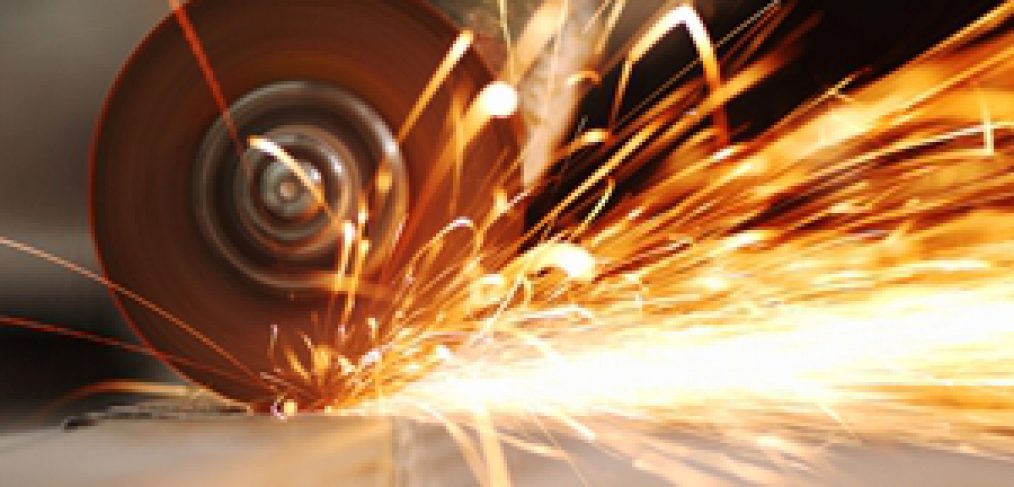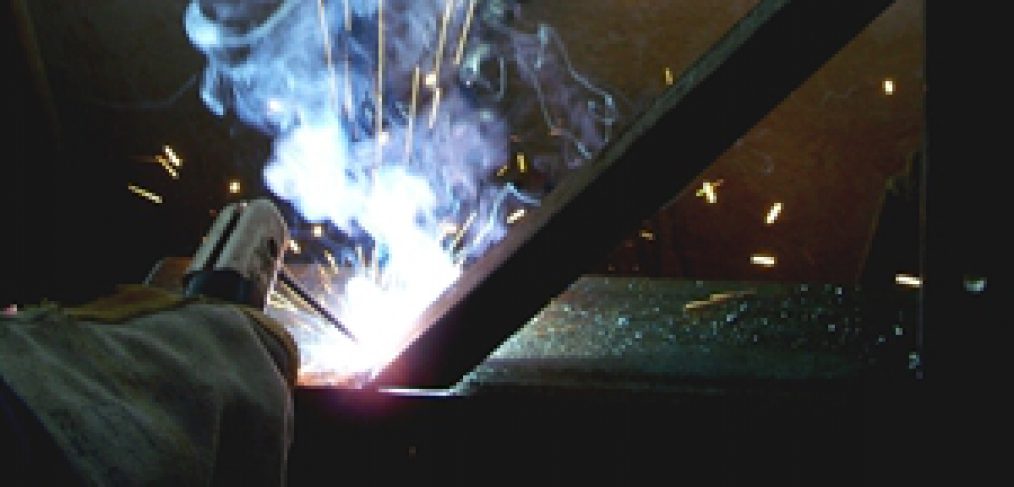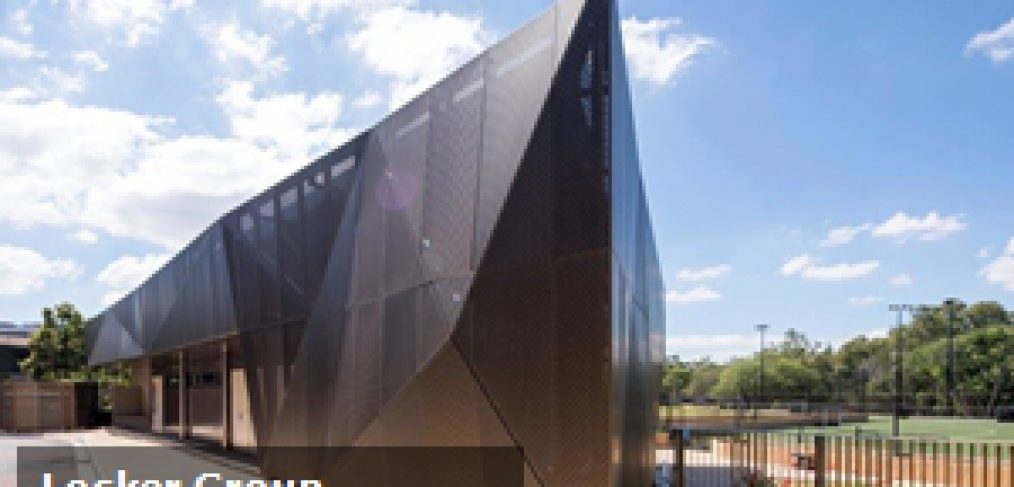At Meshstore we sell most of our metal sheets in pre-cut sizes. Most of you will know however, that some jobs require precision. Whether you're trimming a few millimetres off the side or cutting custom shapes, you need the right tools for the job. Certain methods can leave abrasive burrs or distortion.
Here is Meshstore's quick guide to cutting your perforated metal sheets.
What are the variables?
Before going any further we need to understand the variables. If you've just Googled "how to cut metal sheets" we're sorry to say there's more to it than that. Metal sheets aren't created equally, so you need to have a few more specifics to figure out the way forward.
- Firstly, what is the nature and profile of this sheet? Is it perforated or expanded metal? Is it wire mesh? There are significantly different methods for each.
- Next, how thick is this sheet? Thinner materials will be easier to cut. What kind of metal are we talking about? Steel is typically harder than aluminium, so this will also need to be considered.
- Finally, think about your application. Will burrs be dangerous? Does it need to look tidy? Are there any other application specific considerations to make?
What are the best tools to use?
While punch presses, lasers and plasma cutters typically achieve the greatest result (simultaneously sounding rather cool), these resources aren't exactly readily available. Here are our alternative recommendations:
Snips – These are fairly common and cheap, hobbyists may already have a pair and contractors certainly will. Snips are great for cutting thin sheets and wire mesh and are even capable of delicate curves, but you may run into difficulty at lower gauges, particularly if the metal is quite hard. Snips may leave burrs.
Hacksaw – Like snips, chances are most DIYers will already have a hacksaw. Great for thicker gauges that snips can't manage, but harder metals can chew up blades fairly easily. It's very hard to get curved shapes with a hacksaw and the finish will largely depend on the blade you use.
Angle grinder – Powered and portable, an angle grinder can tackle much thicker gauges. An experienced hand may be able to get good curved results, however this might be trickier if you've not used one before. Fast and efficient with a relatively clean cut.
Power shears – Small, powered shears take small bites out of the metal as you manoeuvre the tool across your intended path. They require a little bit of elbow grease to steer properly, but with a bit of practise you can cut complex shapes with power shears. They will often leave a serrated edge that will need to be handled with care. Power shears and angle grinders are both available at your local hardware store.
There are also a number of benchtop cutting tools for more those handling sheet metal and wire mesh more frequently, but that is a matter for another day. Meshstore's range of wire mesh, perforated and expanded metals are suitable for projects of all types. To find out more, pop into a branch today.







